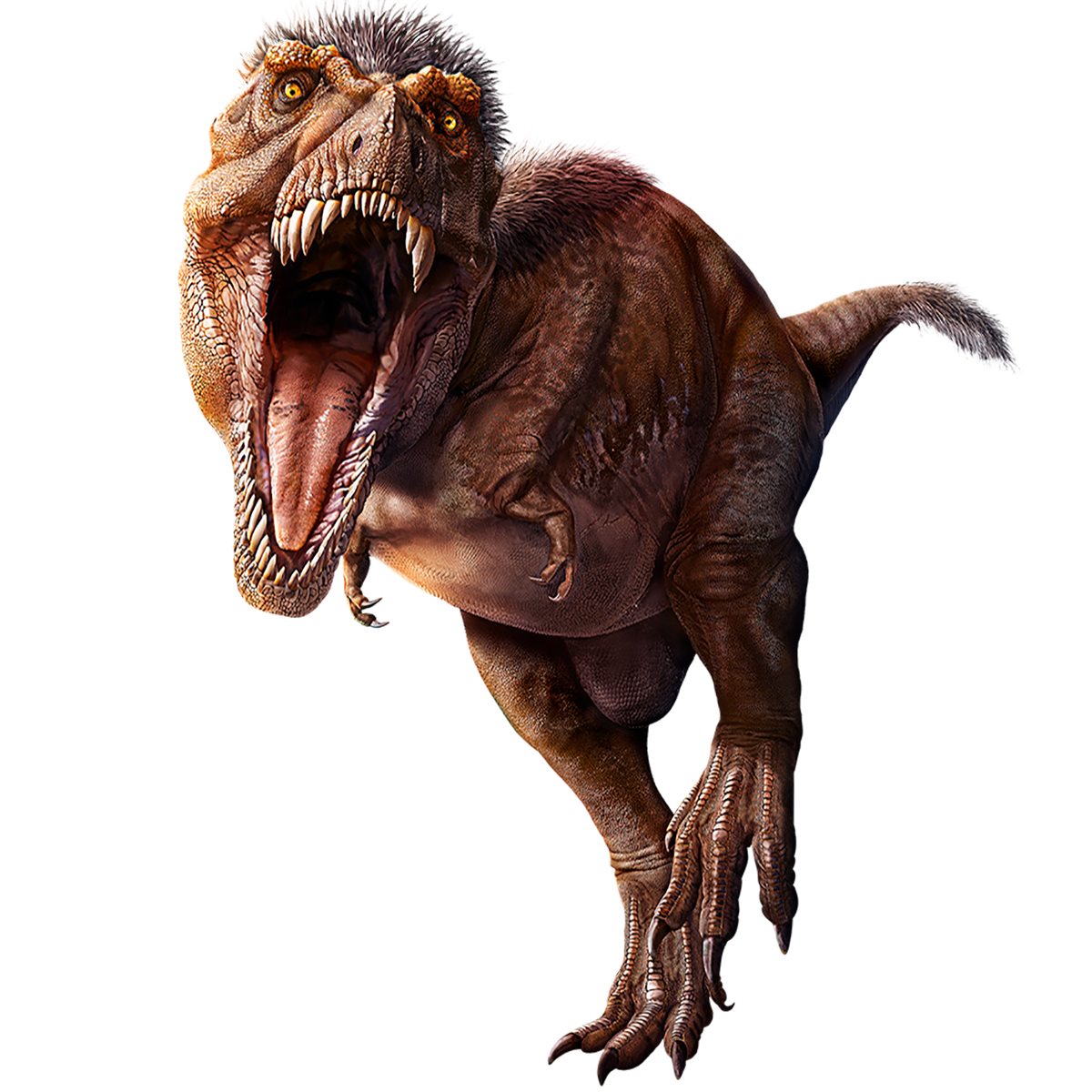T. rex: The Ultimate Predator
March 11, 2019 — March 14, 2021
Closed
Free for Members.
Timed entry only. Gallery 3, third floor.

Illustration by Zhao Chuang; Courtesy of PNSO
Educator Resources
Major funding for T. rex: The Ultimate Predator provided by the Lila Wallace-Reader’s Digest Endowment Fund.
Generous support also provided by:
Dana and Virginia Randt
Chase Private Client
Virtual reality experience created in collaboration with HTC VIVE.

